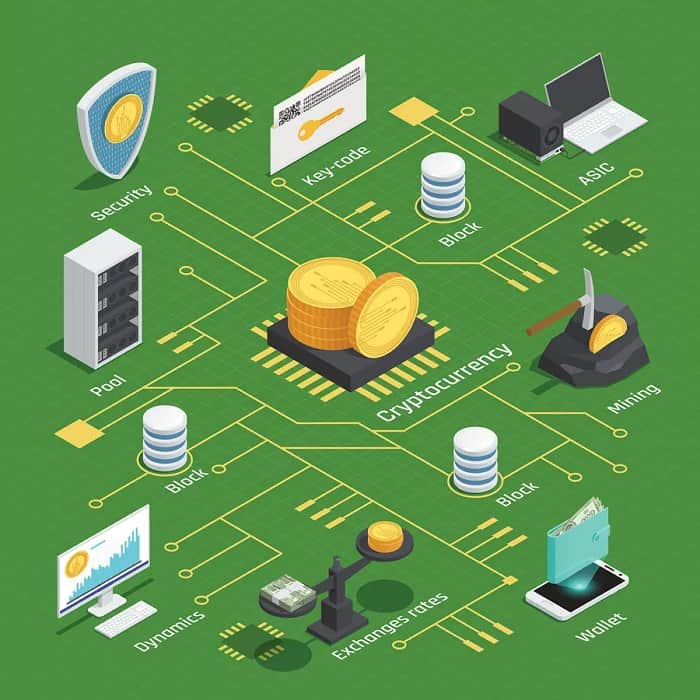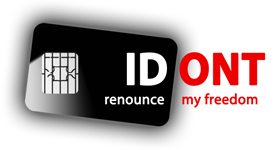
Lawmakers have joined the chorus of officials who want the US to create a digital currency that would virtually eliminate funds transfer waiting periods, cut fees and enable those without bank accounts to move money across borders. One problem: lose your token card or passcode, lose your money.
Lawmakers have introduced a bill that would allow the US Treasury to create a digital dollar.
The electronic dollar, a virtual representation of a US dollar, would allow people to make payments using tokens on mobile phones or through cards versus cash.
ECASH (electronic cash), as the bill calls it, would be a bearer instrument that wouldn’t require payment processing intermediaries, such as SWIFT, the world’s largest payment messaging network. That means payments using ECASH would be near instantaneous — even across national borders — and processing fees would likely be dramatically reduced.
One possible drawback: unlike dollar bills or money exchanged through electronic funds, ECASH tokens would not be tied to a bank or credit account. So, if the card or mobile passcode enabling access to funds were lost, there would be no way to recover the money.
Earlier this month, US President Joe Biden issued an executive order calling for more research on developing a national digital currency through the Federal Reserve Bank, or “The Fed.” The order highlighted the need for more regulatory oversight of cryptocurrencies, which have been used for nefarious activities such as money laundering.
Even before the executive order, the US had been exploring the creation of a Central Bank Digital Currency (CBDC). But its efforts have fallen far short of other countries. The recent flurry of interest in creating a national cryptocurrency is evidence the US is attempting to catch up with the efforts of other nations already piloting their own central bank digital currencies.
“As digital payment and currency technologies continue to rapidly expand and with Russia, China, and over 90 countries worldwide already researching and launching some form of Central Bank Digital Currency, it is absolutely critical for the US to remain a world leader in the development and regulation of digital currency and other digital assets," Rep. Stephen Lynch (D-Mass), said in a statement.

Lynch was joined by four other members of Congress in filing the bill: Jesús Chuy Garcia, (D-Ill.), Ayanna Pressley, (D-Mass.), and Rashida Tlaib (D-Mich.).
Rohan Grey, an assistant professor at Willamette University who consulted with Congress on the current bill, said the legislation would create "a token-based system that doesn't have either a centralized ledger or distributed ledger because it had no ledger whatsoever."
"It uses secured hardware software and it's issued by the Treasury," Grey told Coindesk. "This form of e-cash would support peer-to-peer transactions, and given the nature of its setup, it would support fully anonymous transactions."
The lack of a distributed ledger, or a decentralized digital database, means the current proposed ECASH would not be based on blockchain, as other cryptocurrenies are.
Generally speaking, there are three kinds of digital currency:
- Cryptocurrencies, such as Bitcoin and Ethereum, which are created and traded using blockchain distributed ledger technology (DLT);
- Stablecoin, such as Tether and USD Coin, which are backed by fiat currencies like the US dollar;
- Central Bank Digital Currency (CBDC), or fiat currencies issued by central banks in digital form and not categorized as cryptocurrency.
In February, the US Federal Reserve tested a design and processing system for a U.S. digital dollar that handled 1.7 million transactions per second. Project Hamilton, as the digital currency effort was dubbed, is a multi-year research project by the Federal Reserve Bank of Boston and Massachusetts Institute of Technology Digital Currency Initiative. Its purpose is to explore a CBDC design and gain a hands-on understanding of a digital currency’s technical challenges and opportunities.
According to the Fed's Report on Project Hamilton, a core processing engine for the test CBDC was able to bring 99% of the digital cash transactions to settlement finality in under two seconds, and “a majority” in under 0.7 seconds. “However, the ordering server resulted in a bottleneck, which led to peak throughput of approximately 170,000 transactions per second,” the report stated.
In other words, there’s still work to be done creating digital currency that can meet the processing demands of millions of consumers and businesses.
The design of Project Hamilton’s CBDC transaction processor was also released on GitHub. A second phase of Project Hamilton will demonstrate how OpenCBDC will enable more flexibility in design.
Not everyone is convinced legislation is necessary at the moment.
“I think this digital cash act complements the prior Biden executive order to investigate a CBDC, but it also confuses matters,” said Avivah Litan, a distinguished analyst and vice president at research firm Gartner. “It is somewhat suspect in that it is happening now without coordinating across the federal agencies involved in the CBDC study. It does smell of politicking, if you ask me.”
For example, the US Securities and Exchange Commission (SEC), the Commodity Futures Trading Commission (CFTC), the Treasury, and the Internal Revenue Service (IRS) are not unified in their definitions and regulatory treatment for crypto. And regulatory responsibilities and jurisdictions are not clear among them (e.g. across/between the CFTC and the SEC), Litan explained.
Currently, the US is playing a game of catchup with other countries already using or piloting digital tokens. The consequences of the US falling further behind could be serious, because the US would not be the nation establishing the technology and policy standards for cross-border use of digital currencies.
Of the countries or regions with the four largest central banks — the US, the European Union, Japan, and the UK — the United States is furthest behind, according to the Atlantic Council, a US-based think tank. And China has been expanding the pilot program of its retail CBDC — the E-CNY — while at the same time banning the use of cryptocurrency. Nigeria launched its CBDC, the e-Naira, in October 2021 for retail use.
"I think the United States has realized it’s very far behind other countries, especially China, which is racing ahead technologically and also policy wise," said Ananya Kumar, assistant director of Digital Currencies at the Atlantic Council’s GeoEconomics Center, in Washington, DC.
"China, Thailand, the UAE, and many other countries are also exploring cross-border projects, a testament to their interest in setting technology and policy standards internationally," Kumar said in a blog post earlier this month.
China’s digital currency is known as the E-CYN, and more than 10 million corporate accounts and 140 million people have opened wallets for the new digital yuan.
“Governments all over are threatened by cryptocurrencies and especially stablecoins that represent their fiat currencies, either through reserves or algorithmically. The US is no exception,” Litan said. “Nonetheless there are very sound reasons for a digital dollar system — most notably, financial inclusion for the unbanked. A digital dollar account can be accessed on a mobile phone. Government benefits and assistance can be disbursed directly to citizen mobile wallets."
In the Bahamas, for example, the digital CBDC Sand dollar was very useful helping victims of the last devastating hurricane Gloria rebuild their lives, Litan pointed out.
“It’s not only solving minimum bank balance requirements. It also helps people who don’t have ready physical access to brick-and-mortar banks,” she said.
Source: computerworld.com



